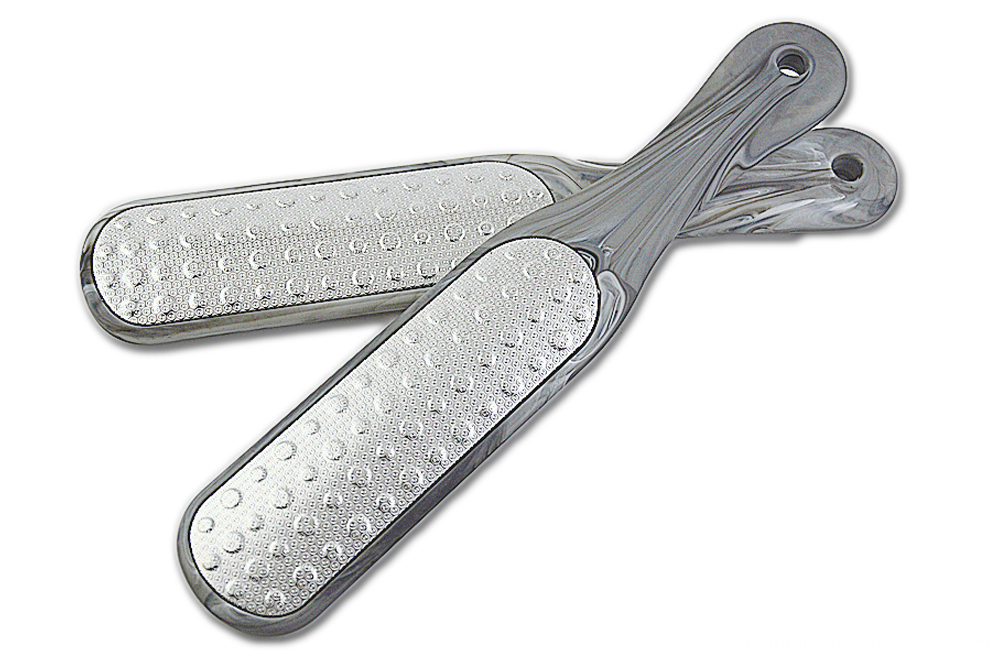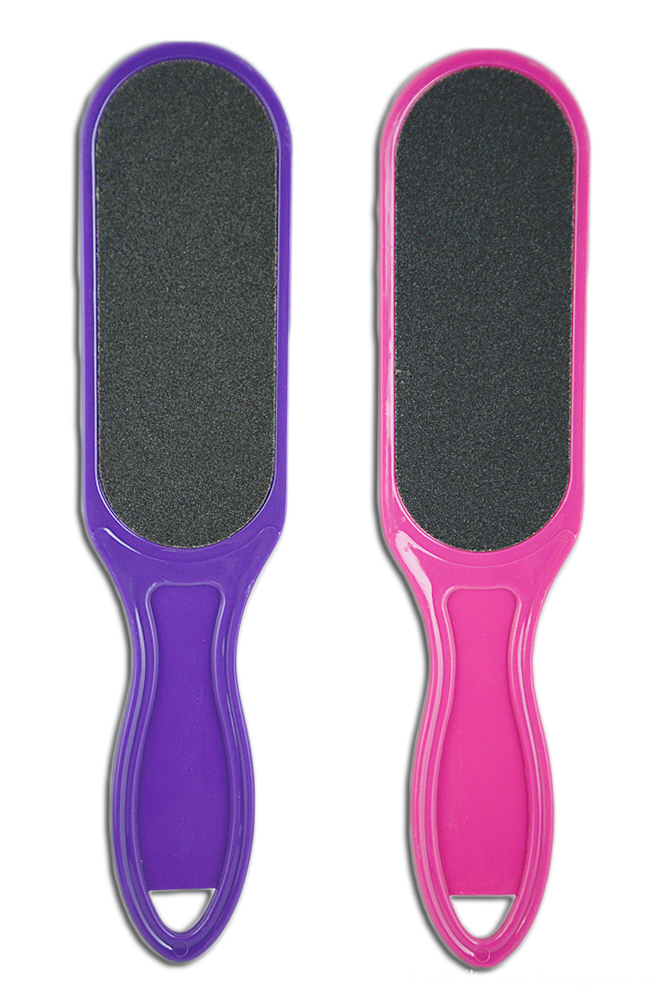On December 27, 2012, the acceptance meeting of the major scientific and technological infrastructure maintenance and reconstruction project of the Chinese Academy of Sciences "Construction of the Soft X-ray Interferometric Lithography Branch Line Station" was held in the Zhangjiang Park, Shanghai Institute of Applied Physics, Chinese Academy of Sciences. The meeting was chaired by Deputy Director Pan Feng of the Bureau of Planning and Finance, from Fudan University, Institute of Physics, Chinese Academy of Sciences, Institute of Chemistry, Suzhou University, University of Science and Technology of China, Office of Chinese Academy of Sciences, Archives of Chinese Academy of Sciences, Institute of Planning and Finance of Chinese Academy of Sciences, Institute of Modern Physics, Institute of High Energy Physics Eleven experts from other units formed a review expert group, and Professor Zhang Xinyi of Fudan University served as the team leader. Relevant leaders from the Bureau of Planning and Finance of the Chinese Academy of Sciences, the Bureau of Basic Sciences, and the Office of Large Devices attended the meeting.
The expert group listened to the acceptance summary report made by researcher Tai Renzhong, the project leader. Researcher Mai Zhenhong of the Institute of Physics of the Chinese Academy of Sciences read out the process test results and test expert opinions on behalf of the test expert group, and then conducted an on-site inspection to review the process, files, and financial And equipment information. After discussion and answering questions, the acceptance experts agreed that all the process indicators of the project have reached the acceptance indicators in the task book, and some are better than the acceptance indicators; after nearly a year of trial operation, the system is stable and reliable; the project has completed the construction of equipment , The accounts are consistent; the use of project funds is basically reasonable; the collection of project documents and materials is complete, the signing procedures are complete, and the quality of the files meets the specifications, reflecting the entire process of project construction. The acceptance expert group unanimously agreed to pass the acceptance.
"Soft X-ray interference lithography (XIL) branch line station construction project" is a major scientific equipment maintenance and renovation project undertaken by Shanghai Light Source. The main task of the project is to build the XIL branch beam line and experimental station on the basis of the Shanghai light source soft X-ray spectroscopy microbeam line station (BL08U-1A), fully expand the use of the main line station (BL08U-1A), and establish a large Area, high resolution micro and nano processing technology. The combination of XIL and the main line station can enable the preparation, assembly, structural characterization, and observation of nanostructures to be completed on the same beamline station, providing users with an integrated platform for researching nanomaterials and devices. The project was officially launched in April 2009. By the end of 2011, all equipment installation was completed and online debugging was completed. In January 2012, the trial operation was opened to users. On November 29, 2012, it passed the process test organized by the Academy's Basic Bureau.
A Foot File is a file which is specifically designed to be used on the feet. Foot files are used to remove calluses and smooth the skin of the feet, and some people regard them as an important part of foot care. Regular use of a foot file can help to keep the feet smooth and pleasant, and it can reduce discomfort from oversized calluses.
Rough foot files can be made from metal or sandpaper. Metal foot files are used to essentially grate calluses away, and they require a delicate touch to ensure that excessive tissue is not removed from the foot. Sandpaper or emery files require less care, but they take up more time, as the course material works more slowly than a microplaning foot file. Fine files made from textured glass or very fine emery paper are designed for finishing touches only, as they are far too fine for serious calluses.


Foot File
Pedicure Tools,Foot File,Foot Files For Feet,Stainless Steel Foot File,Dead Skin Remover,Remove Dead Skin From Feet
YANGJIANG HUIHUI BEAUTY TOOLS CO.,LTD , https://www.yjhuihuibeauty.com
